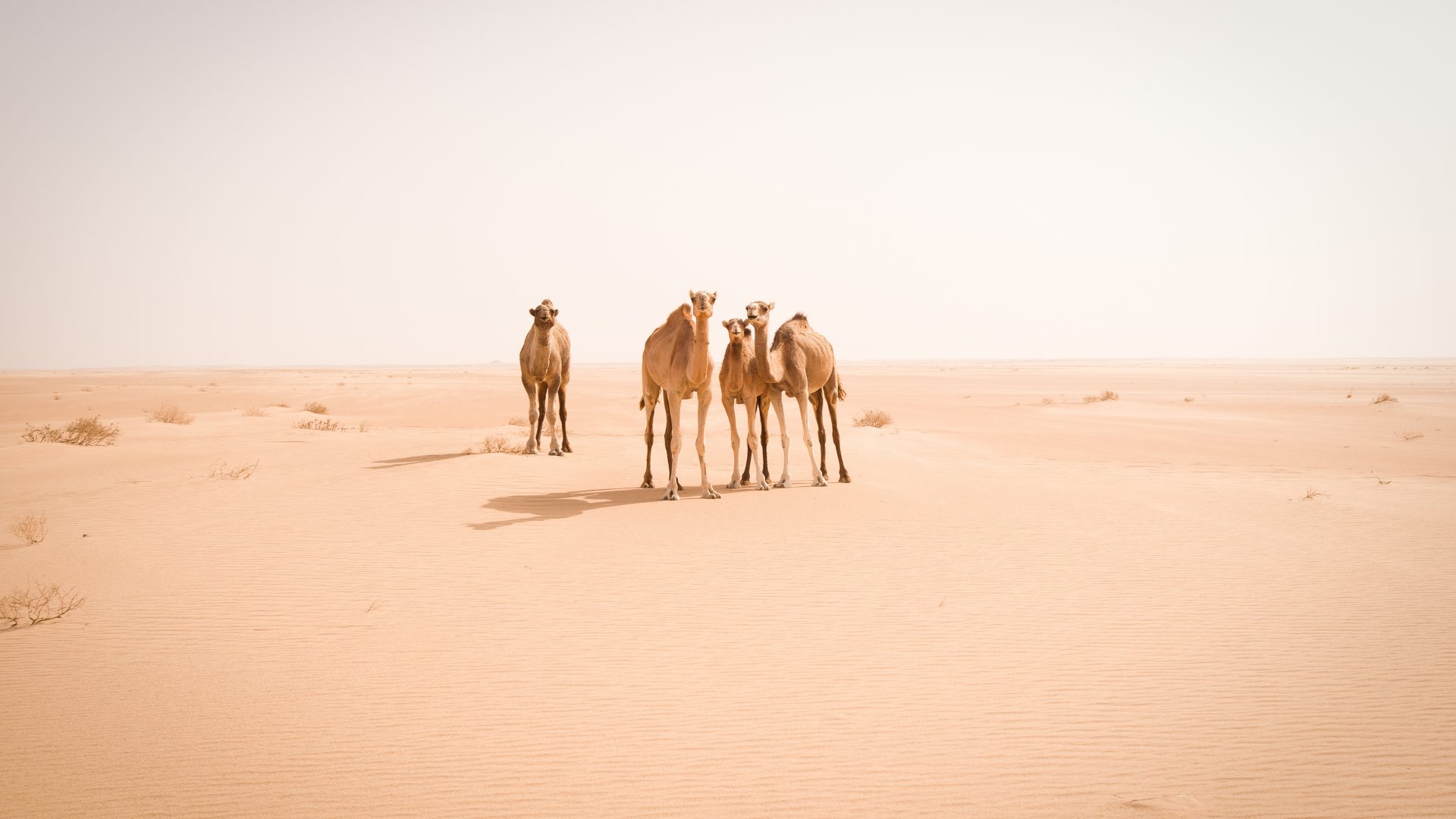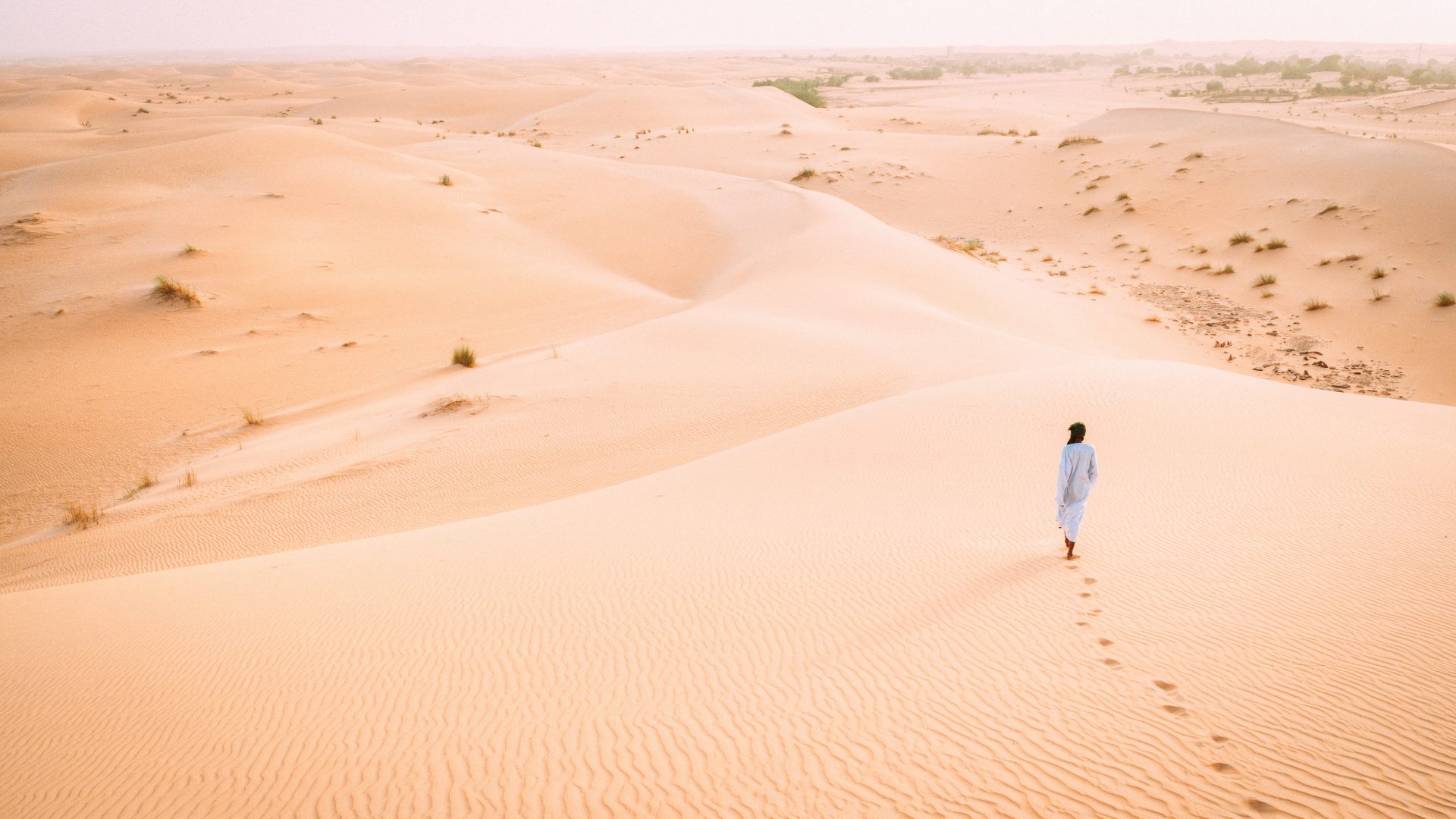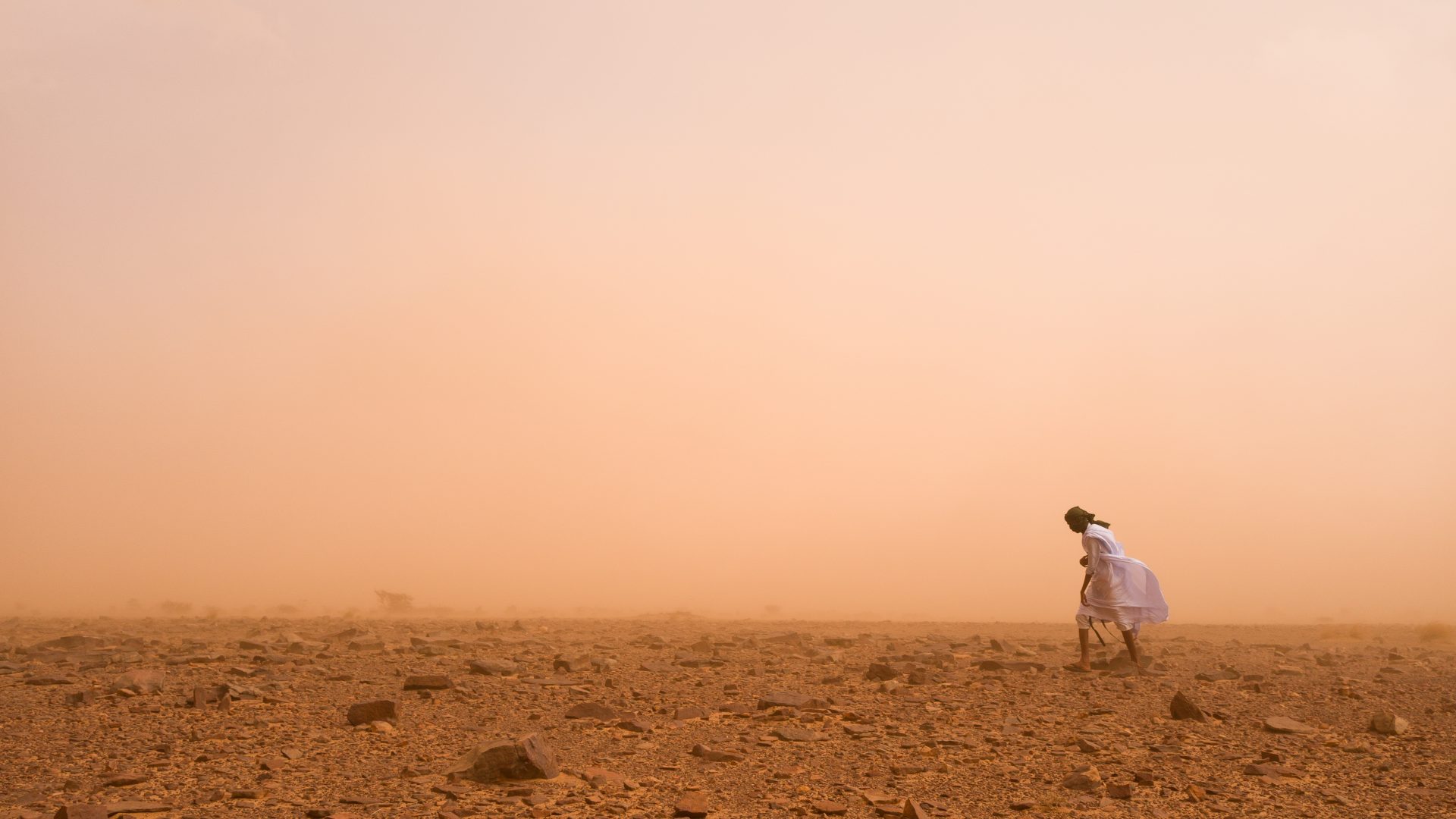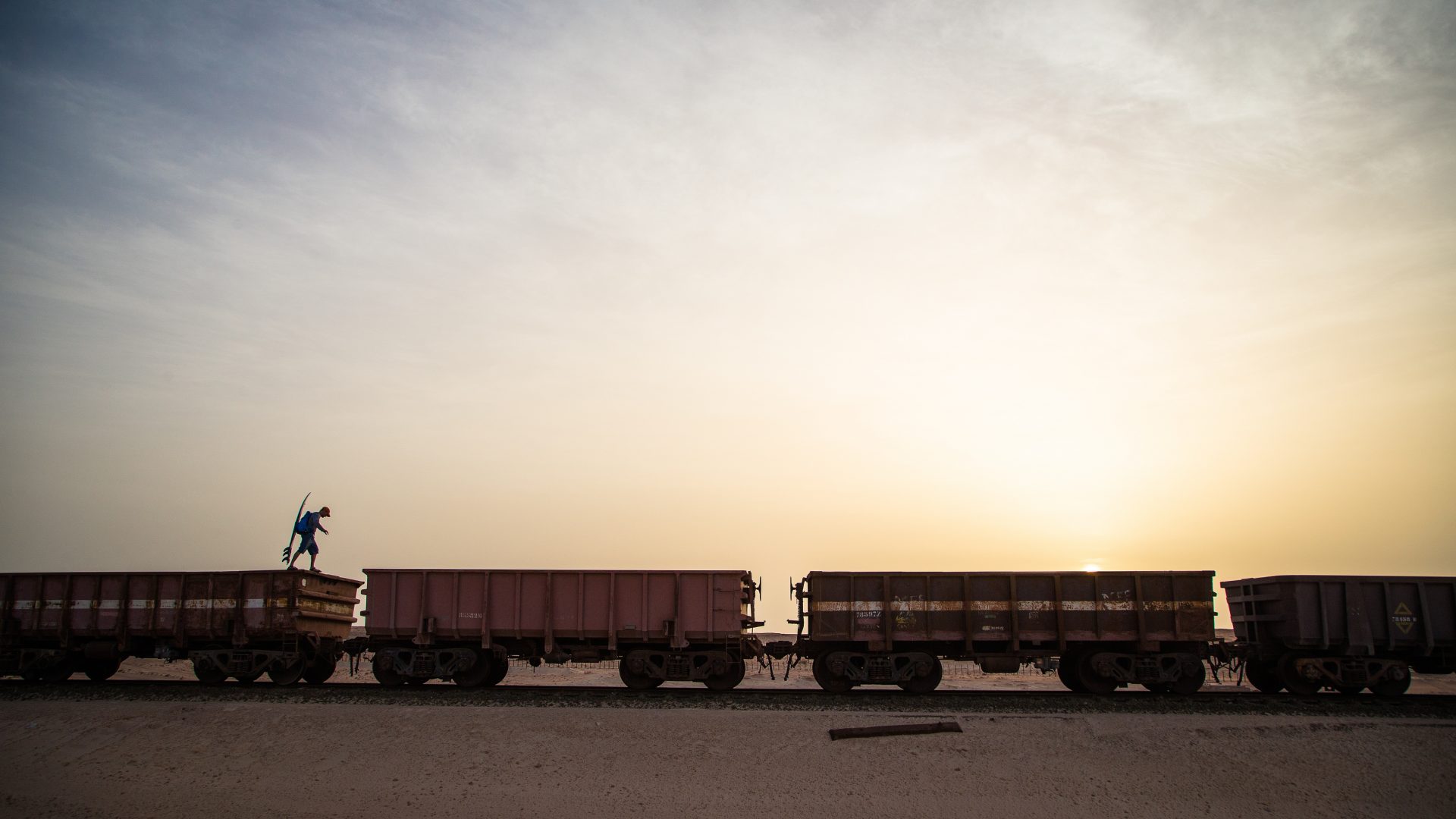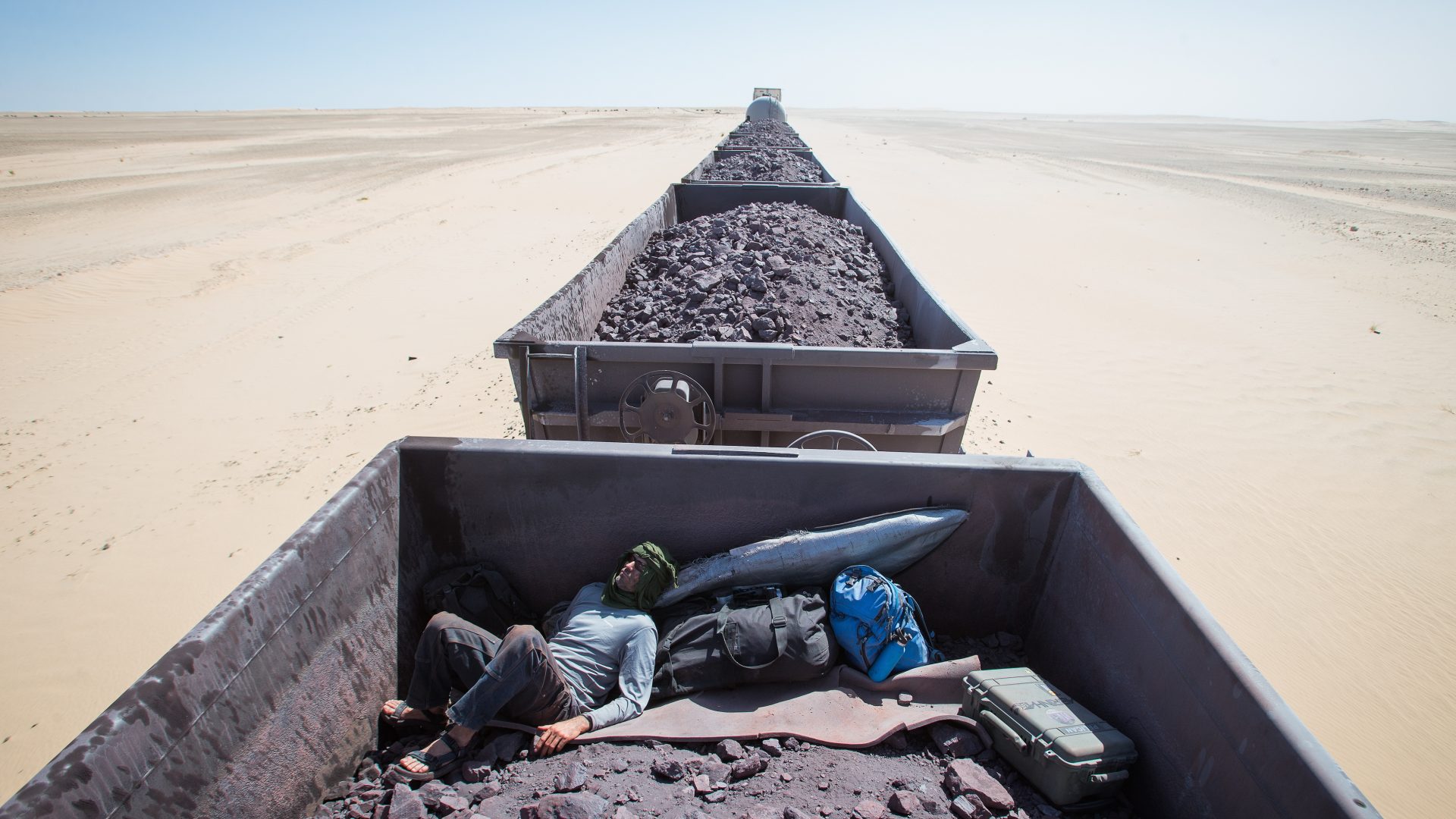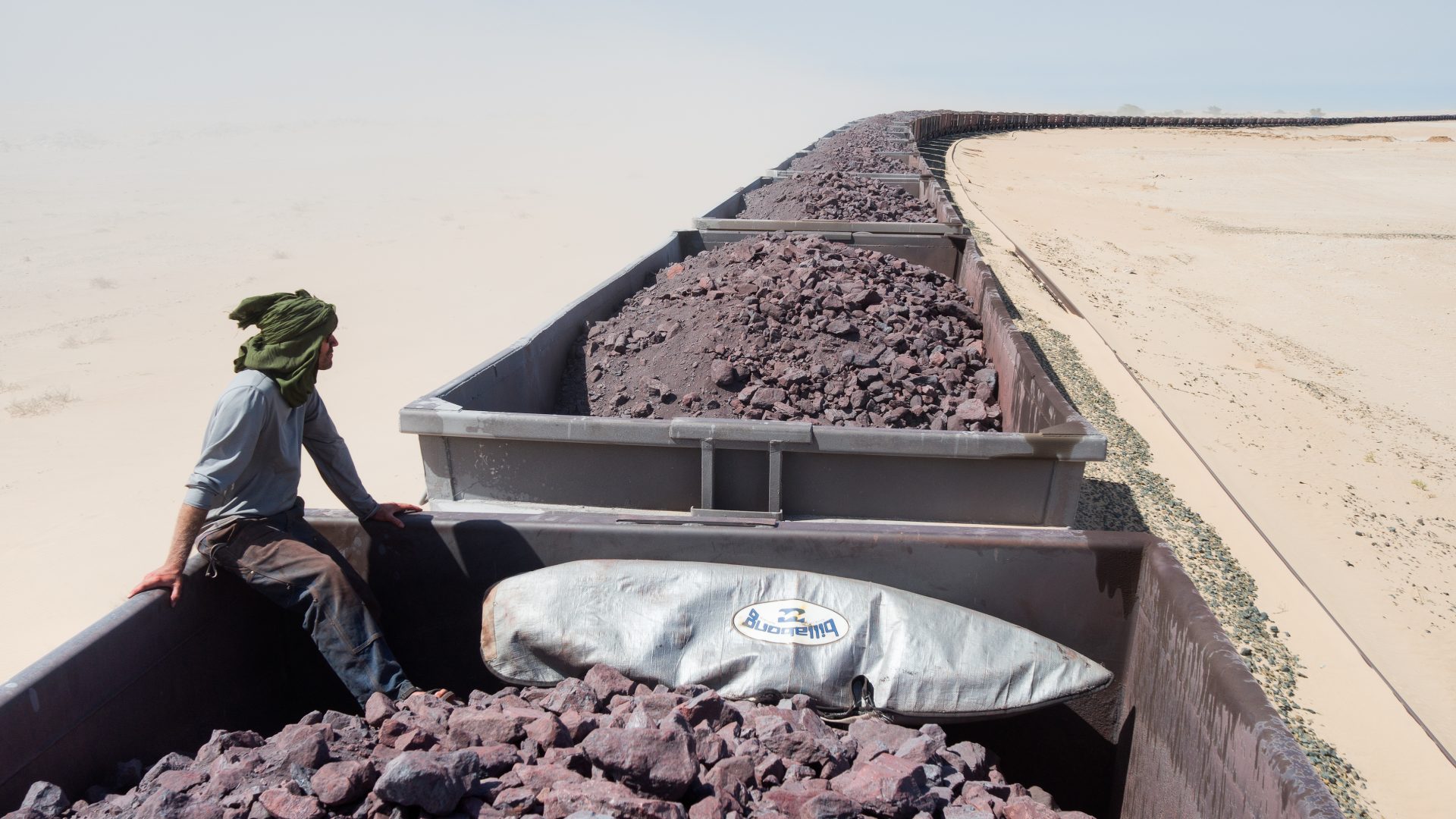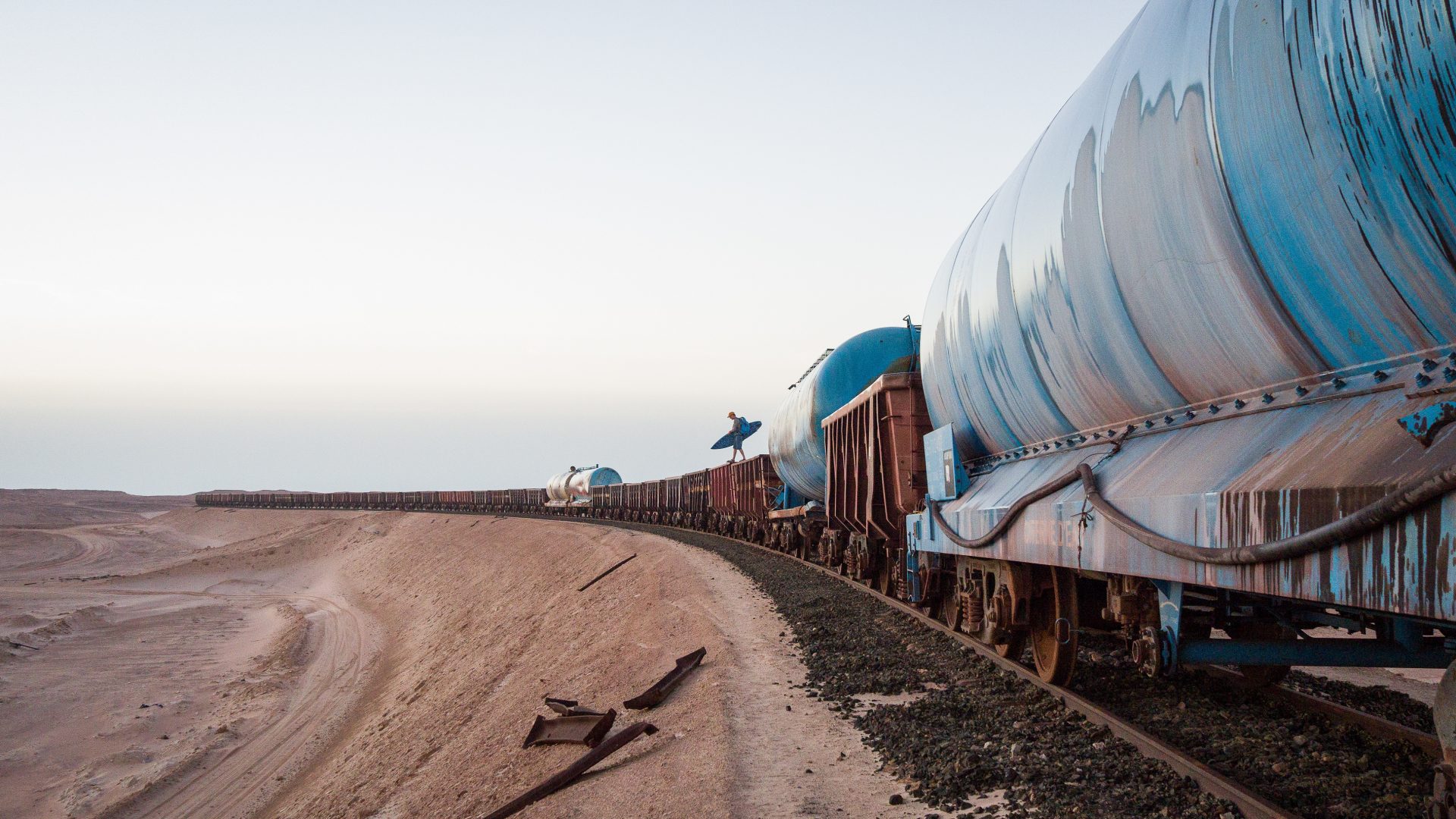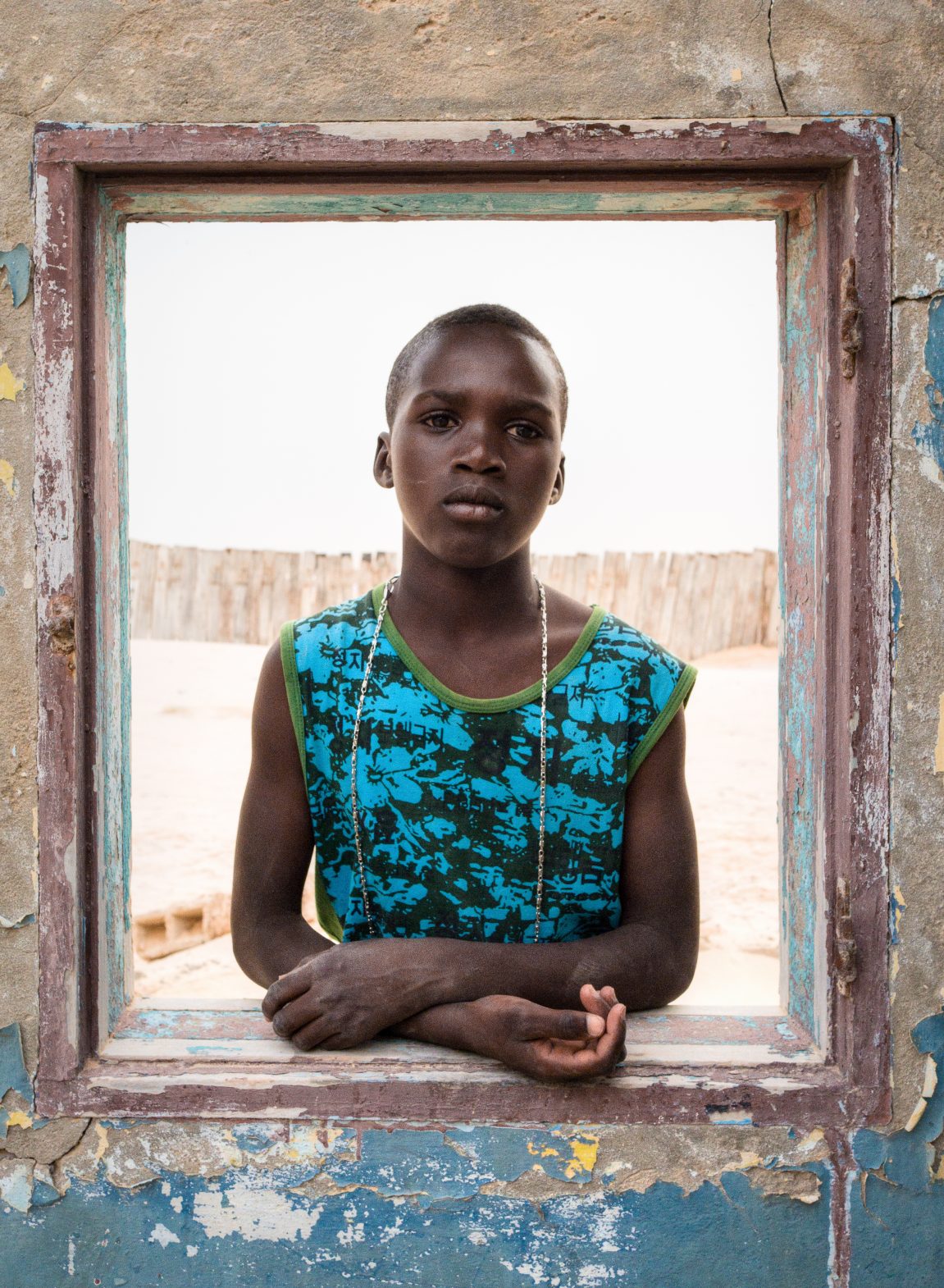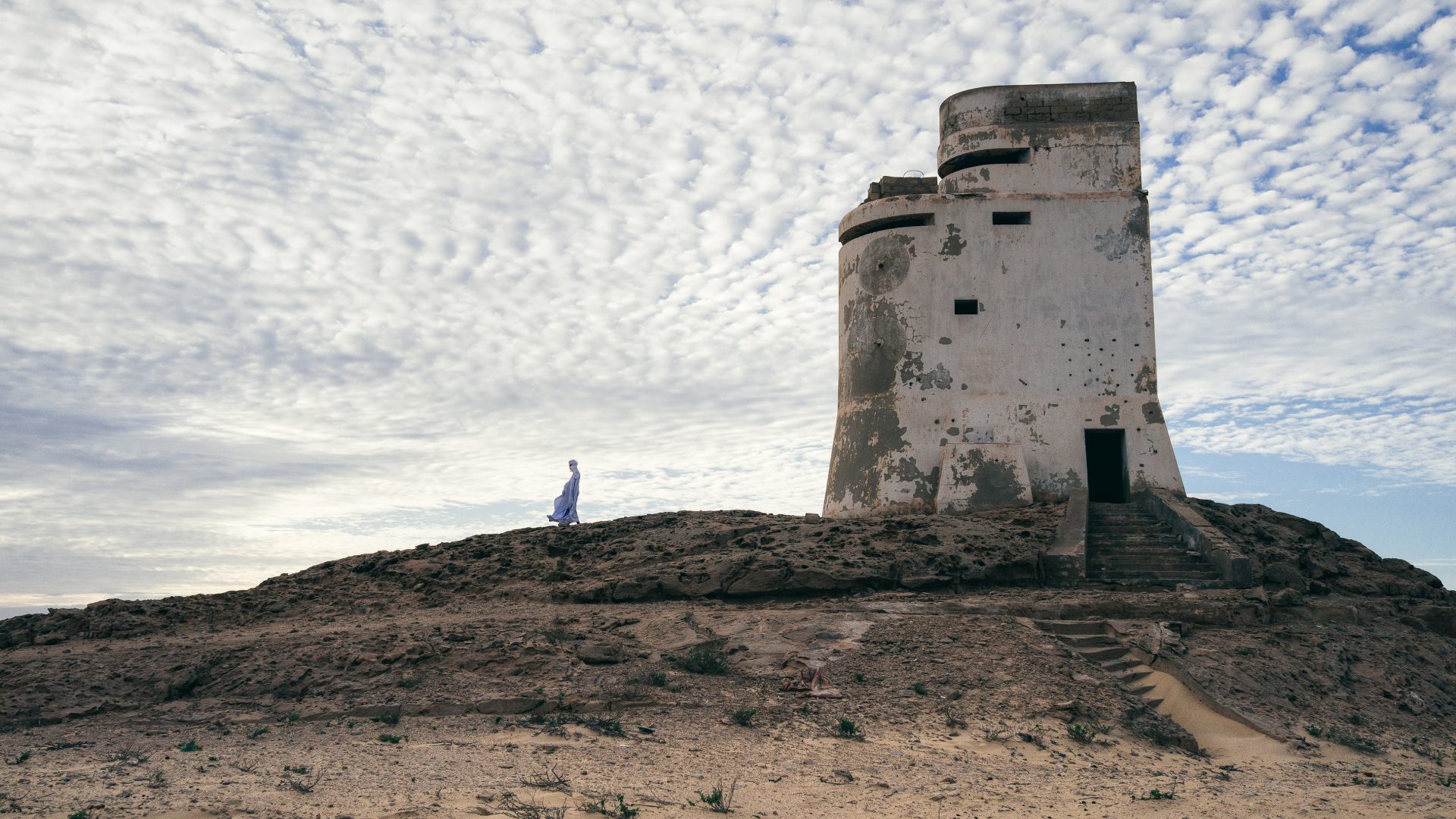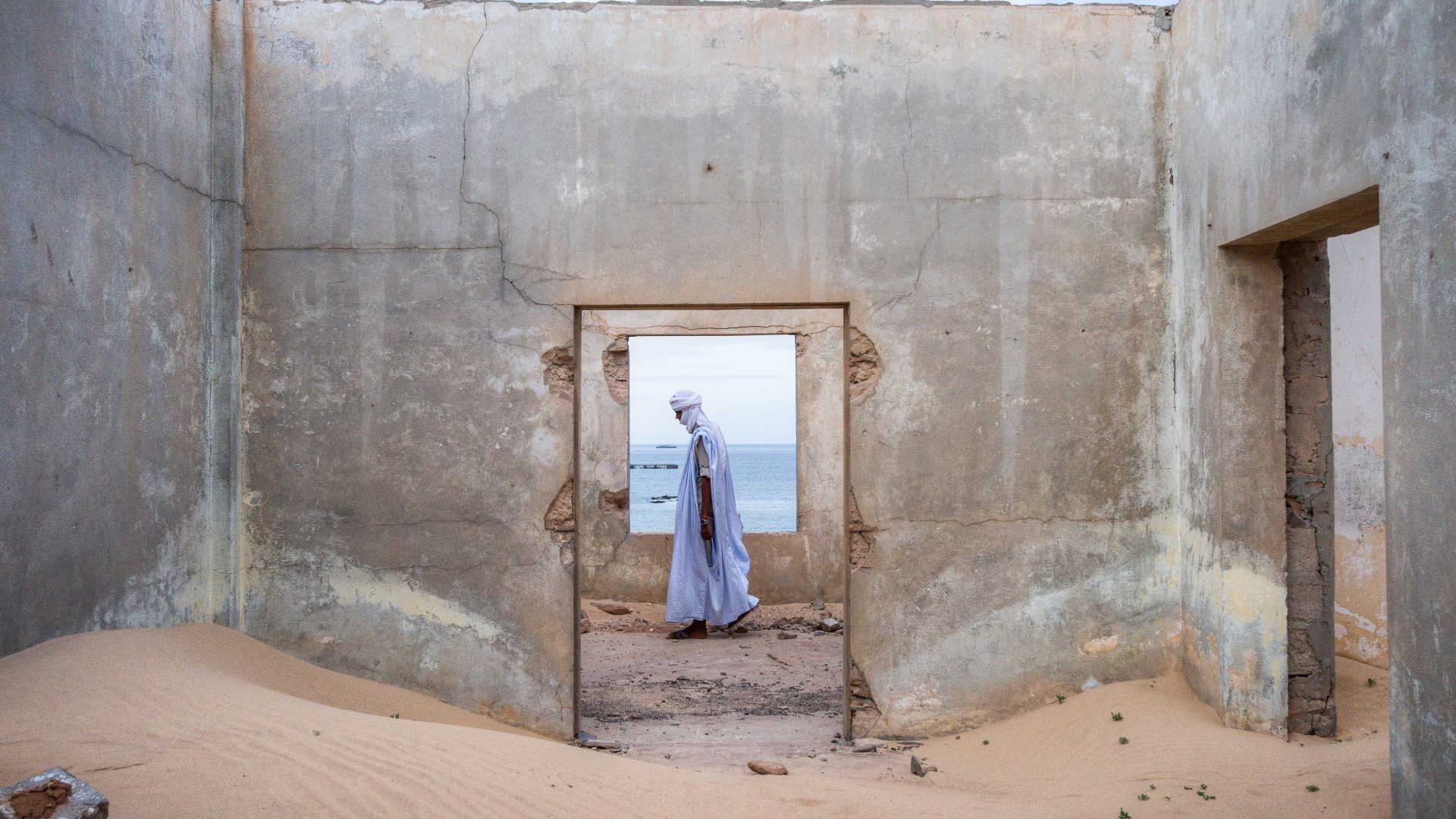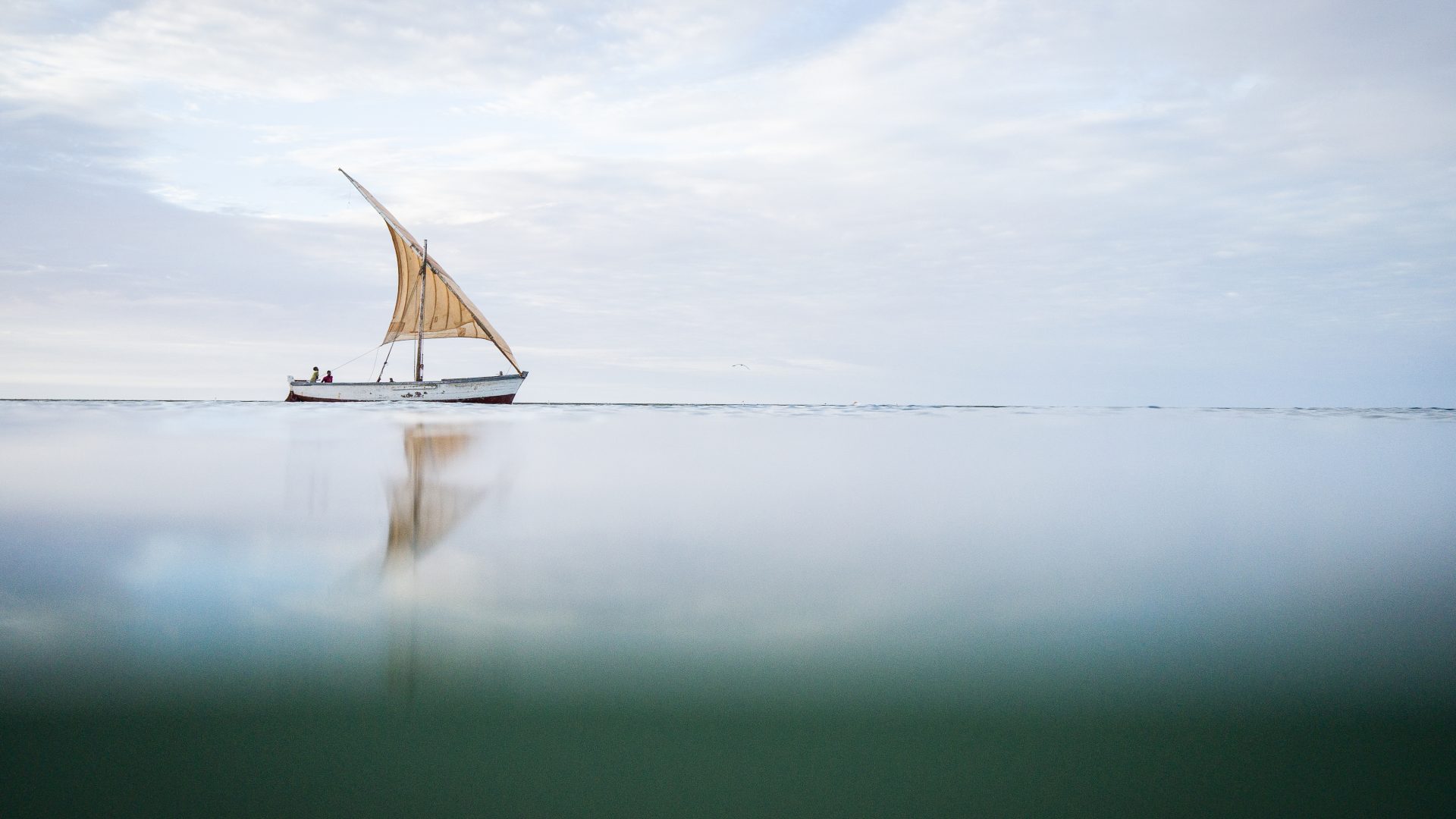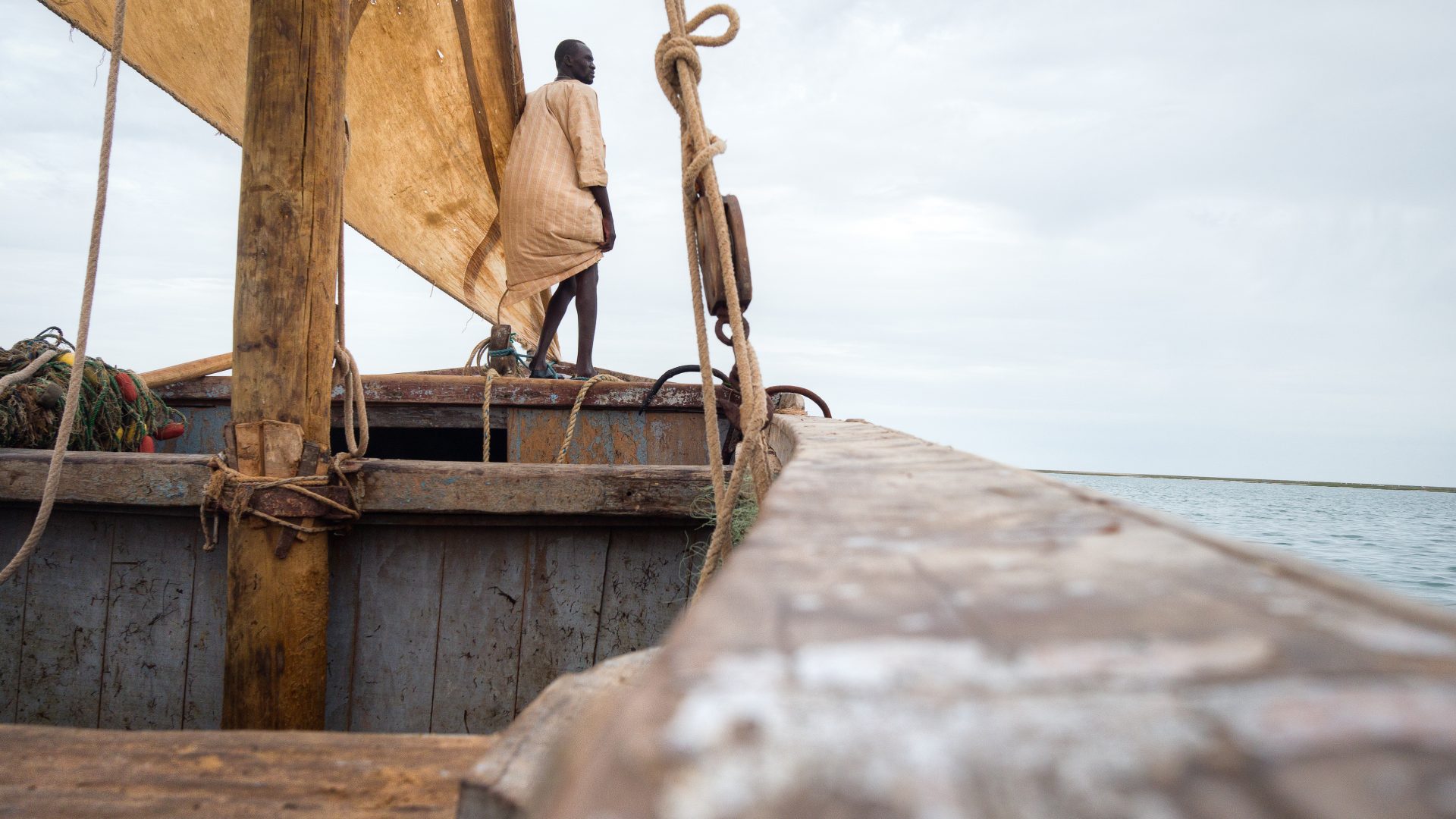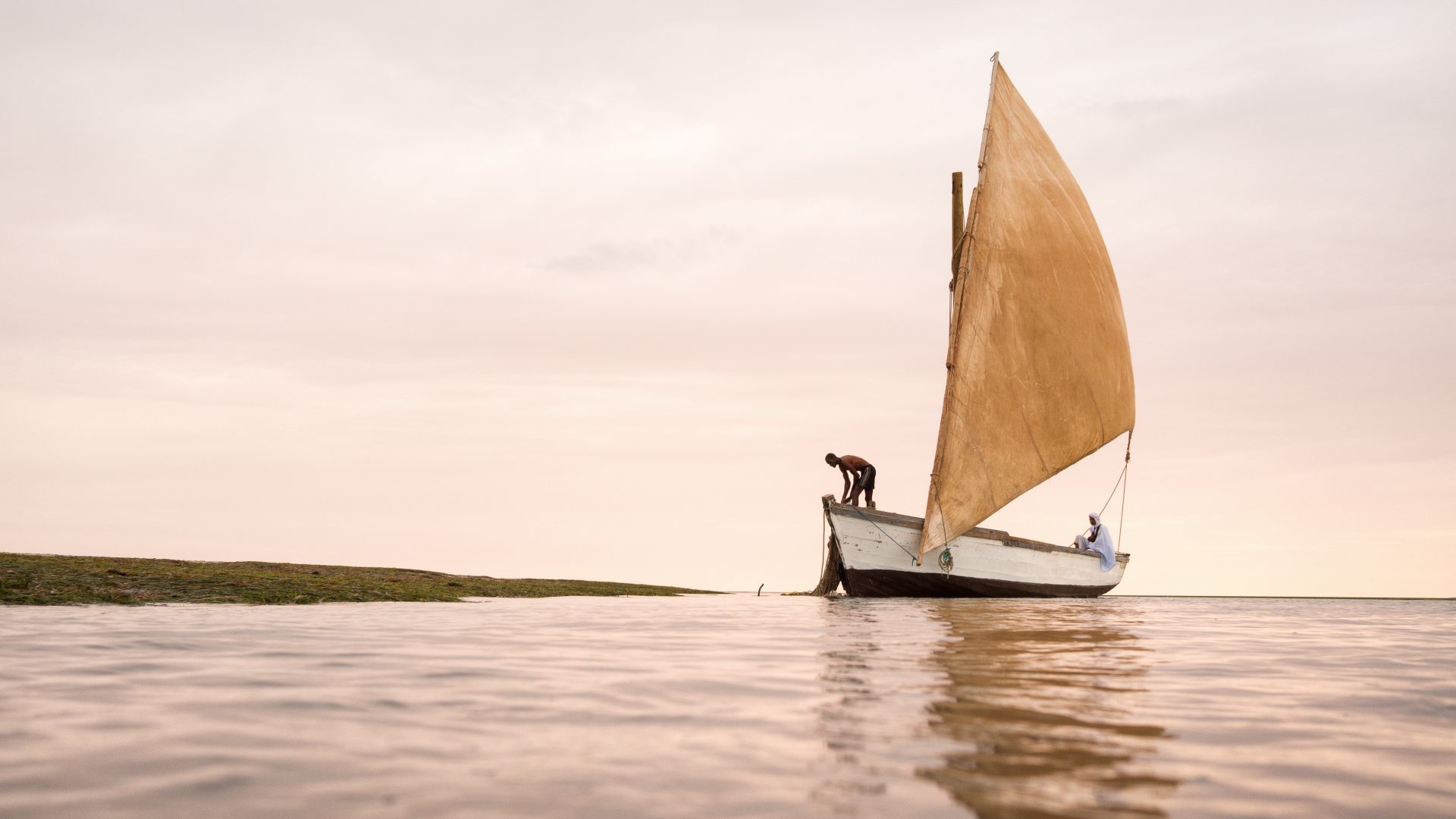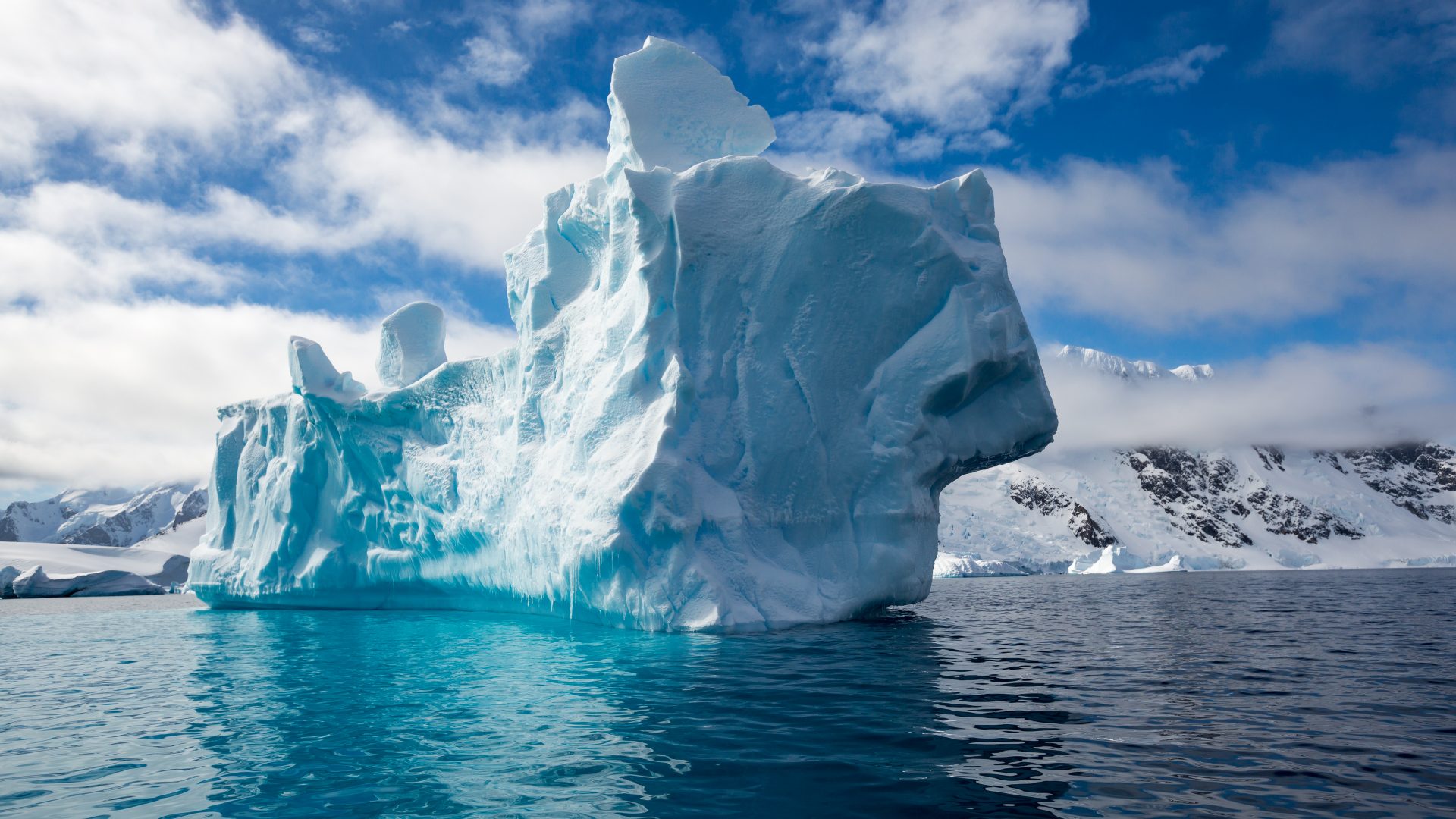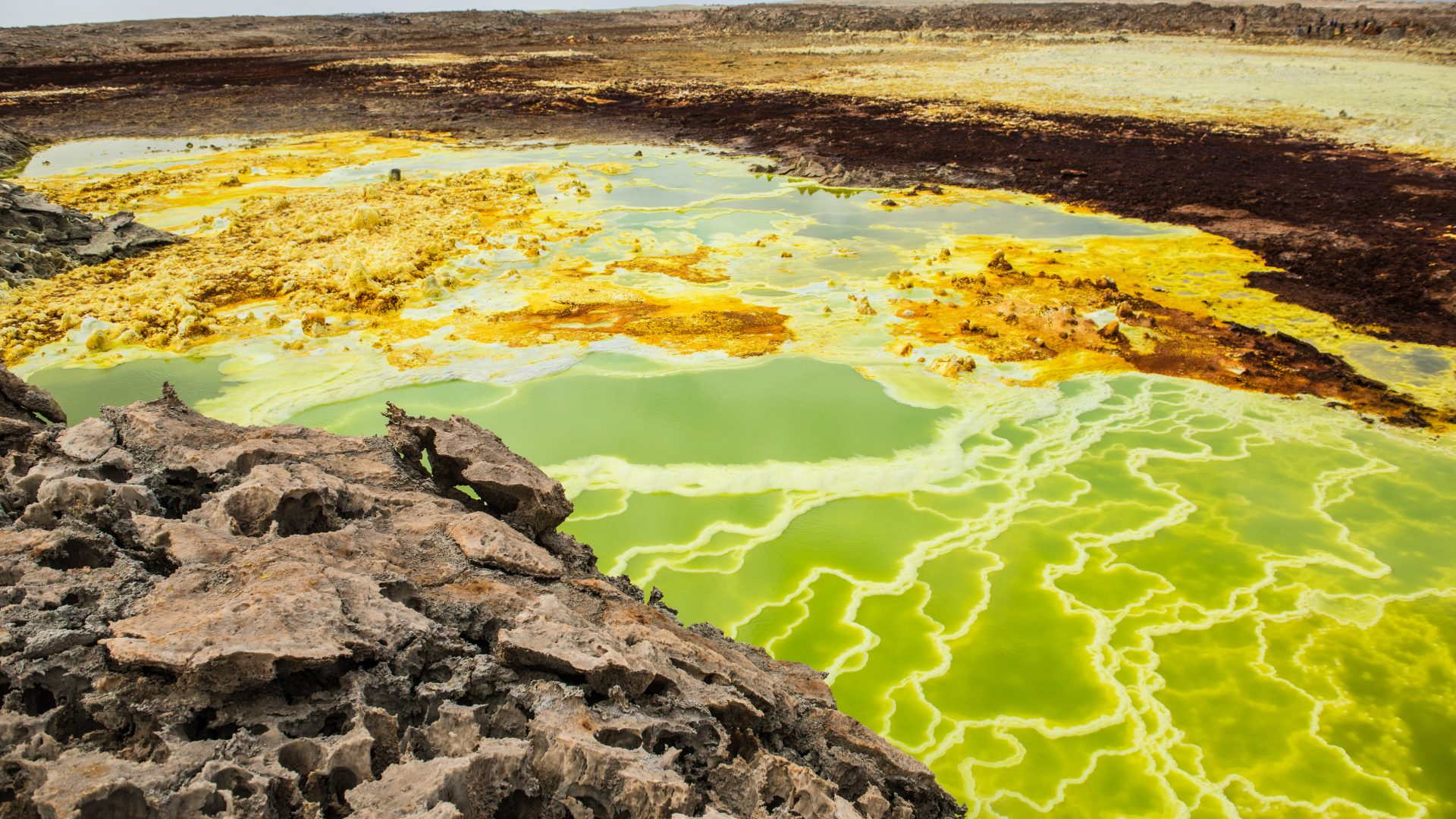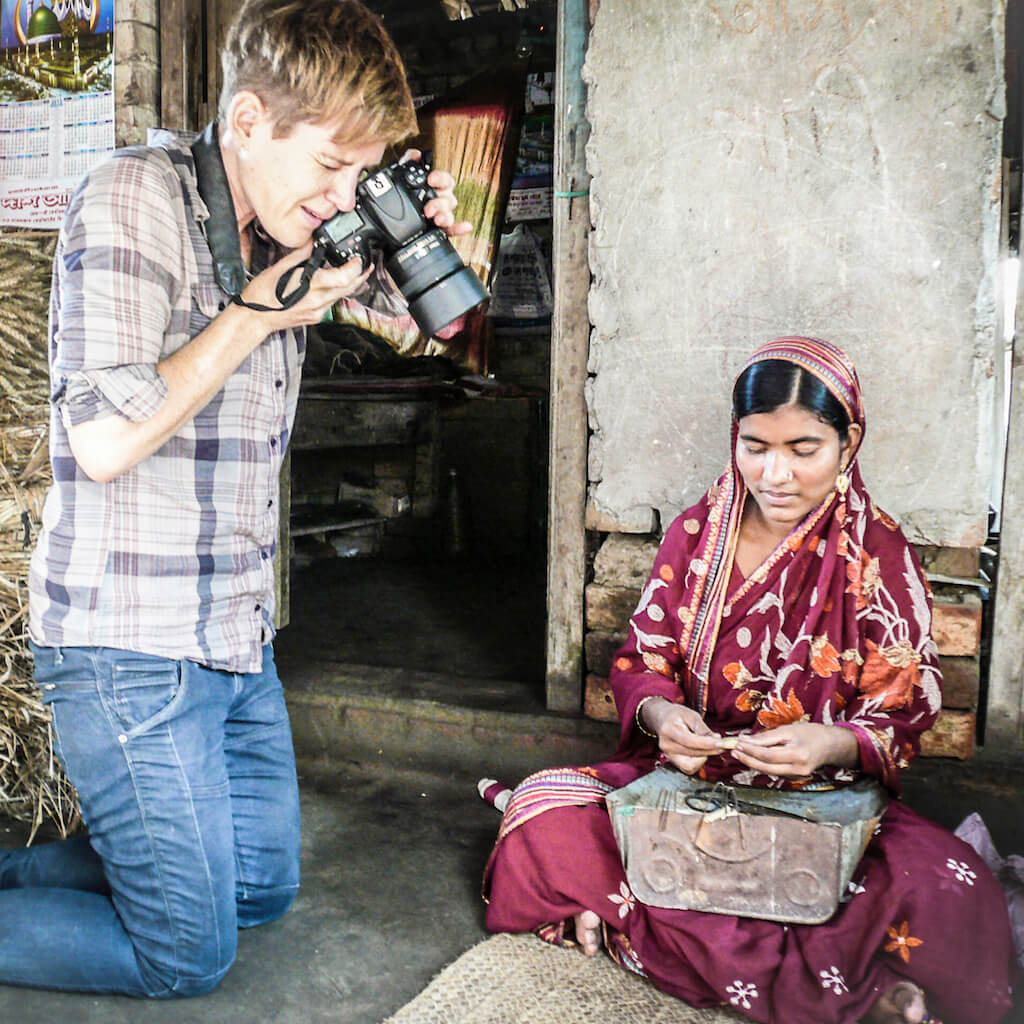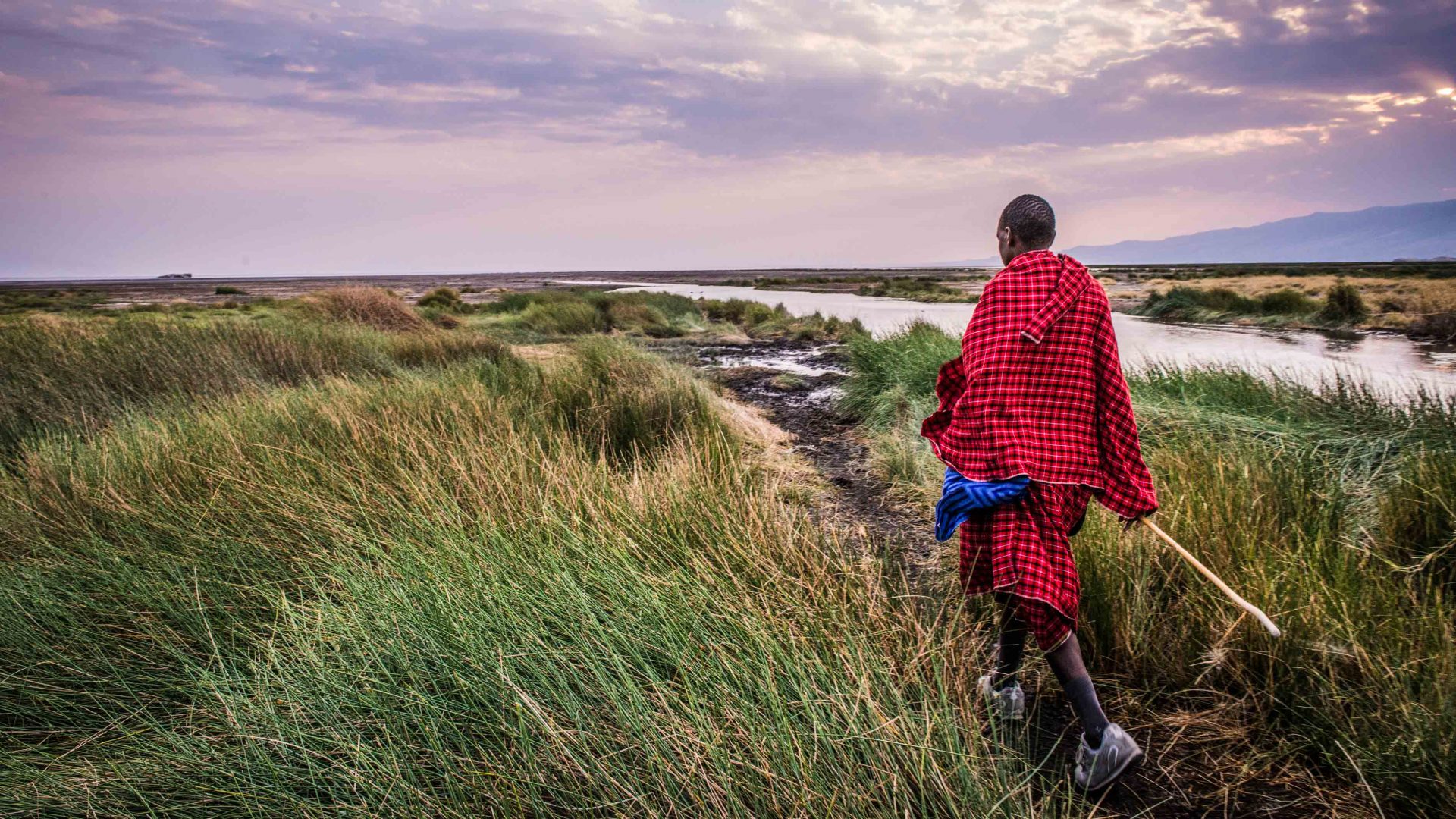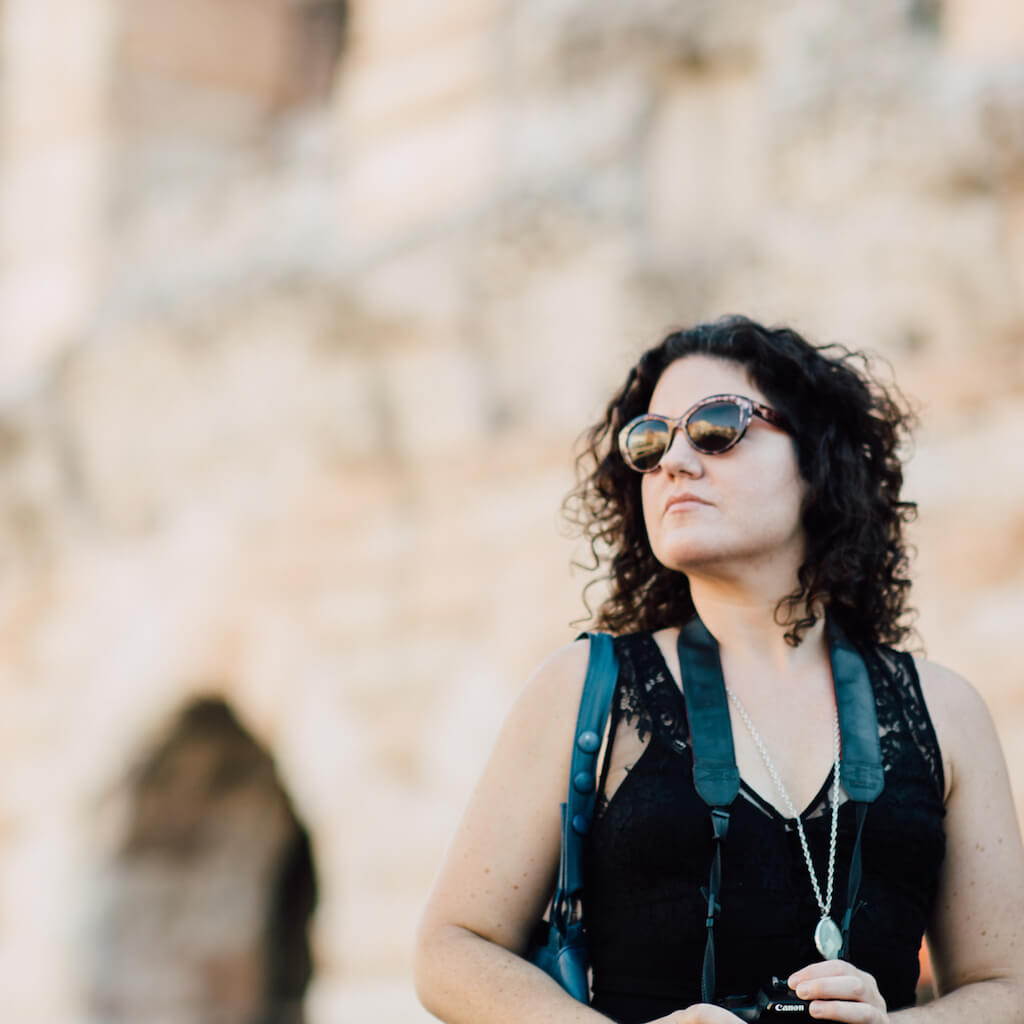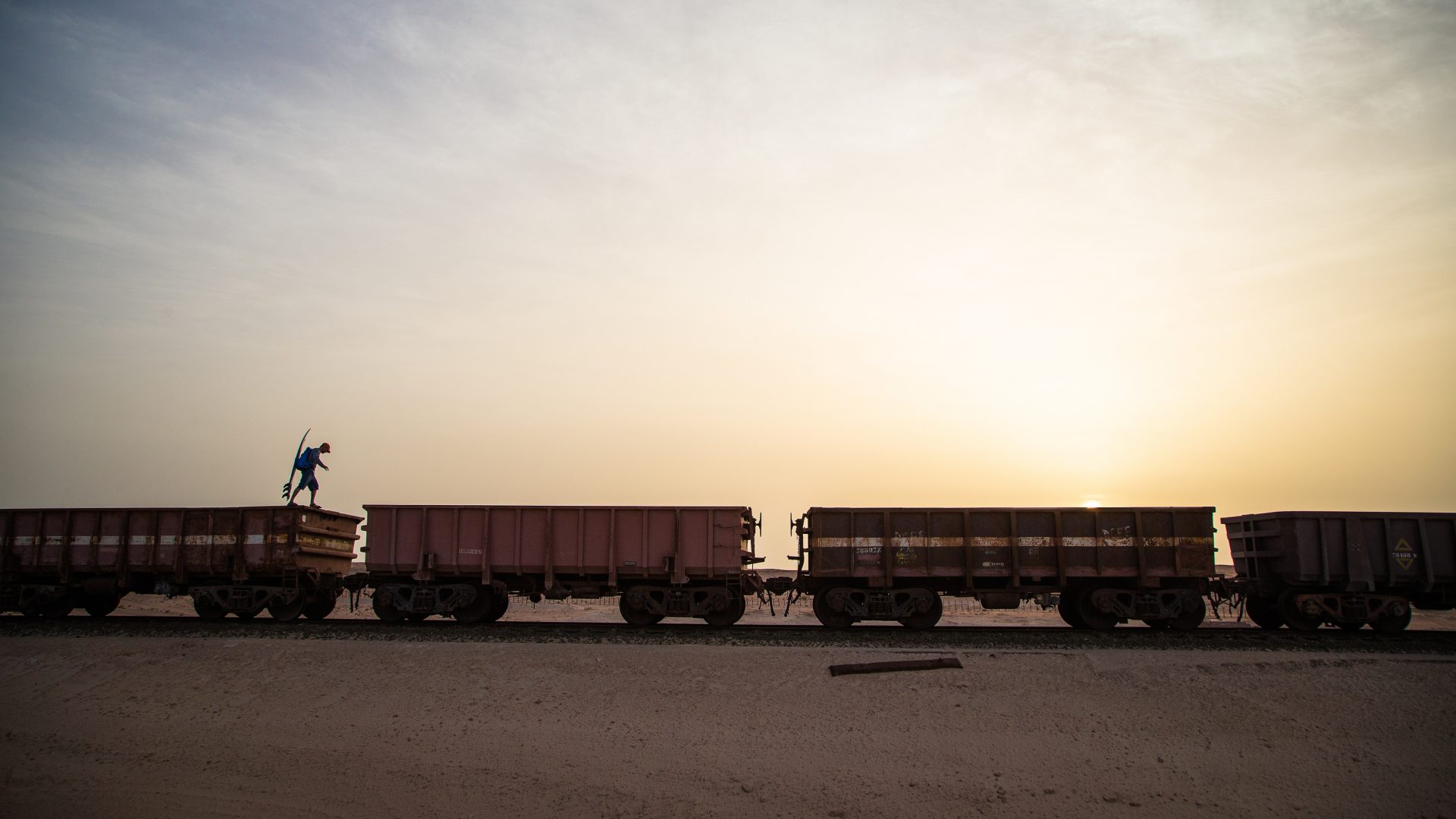
The only way for award-winning photographer Jody MacDonald to go in search of the Mauritania coast was on top of an enormous freight train. Here, she shares scenes from her incredible journey through the Sahara.
When I was young, I used to look through National Geographic magazines and dream of adventures like this.
I dreamed of oceans of sand, the loud clattering of the train, the cold, the wind, the scorching sun, the unknown smells, the sounds of the desert, and all the discomfort that goes with it. I couldn’t think of anything more exhilarating than train hopping through the Sahara.
So when I was asked to photograph a trip in harsh conditions, that’s exactly what came to mind.
After weeks of planning, our journey began in the Mauritania capital of Nouakchott. From there, my brother and I moved north through the interior to board the Mauritania railway. Our risky rail journey kicked off from the iron-mining center of Zouérat in the Sahara, and snaked through the barren desert toward the port of Nouadhibou on the Atlantic.
We were headed to Africa’s Atlantic Coast in search of unexplored surf breaks, capturing our incredible train journey along the way. Having only a few minutes to hop on the train in the middle of the night, we spent 15 hours slithering through the desert on the three-kilometer-long train that transports thousands of tons of iron ore across the country. We were in search of the coast; of the unknown.


